Urban Renewal in Action: Adaptive-Reuse Architecture That Redefined a City Block
Urban renewal is no longer about demolition and replacement — it’s about transformation. Around the world, architects are reimagining old factories, warehouses, and civic buildings as vibrant urban hubs. Adaptive-reuse architecture demonstrates how a single project can reshape not just a structure, but the rhythm of an entire neighborhood.
Here are three remarkable examples of adaptive-reuse projects that turned aging blocks into symbols of sustainability, culture, and new urban life.

MAD Architects — Fenix Museum of Migration, Rotterdam, Netherlands
Overview:
The Fenix Museum of Migration by MAD Architects transformed a century-old shipping warehouse on Rotterdam’s Katendrecht Peninsula into a cultural destination. Once part of the Holland-America Line’s logistics network, the structure now tells the story of migration — both literal and emotional.

Key Transformation:
- The adaptive reuse maintained the industrial concrete frame and dockside character.
- A monumental 30-meter stainless-steel “Tornado” staircase was inserted, spiraling through the atrium to a rooftop viewing deck.
- The museum’s new program integrates exhibition spaces, cafés, and public terraces.
Impact:
This single project catalyzed the revitalization of Rotterdam’s Fenixloods District, once a neglected industrial zone. Today, it’s a hub for culture, art, and tourism.
Heatherwick Studio — Coal Drops Yard, London, UK
Overview:
Originally built in the 1850s as coal storage sheds for London’s industrial railway system, the twin Victorian warehouses of Coal Drops Yard were redeveloped by Heatherwick Studio into a mixed-use retail and public space complex in King’s Cross.

Key Transformation:
- The project preserved the brick viaducts and cast-iron detailing of the original warehouses.
- Heatherwick introduced a striking curved “kissing roof” that connects the two historic structures, creating a new civic space between them.
- The yard now houses shops, restaurants, and offices beneath restored brick arches.
Impact:
Coal Drops Yard redefined King’s Cross — once a derelict industrial quarter — as a model of sustainable urban regeneration. The project proved how adaptive reuse can combine heritage preservation with commercial viability and community vibrancy.
Snøhetta — Ryerson University Student Learning Centre, Toronto, Canada
Overview:
While not a strict conversion, the Ryerson University Student Learning Centre demonstrates adaptive reuse in an urban sense — it repurposed a long-neglected retail block along Yonge Street into a porous, educational, and civic gateway.

Key Transformation:
- The project opened ground-level façades to create permeability between campus and city.
- The old mall structure was reimagined as a vertical campus with terraces, study zones, and digital labs.
- Snøhetta’s crystalline glass façade became a beacon of renewal for downtown Toronto’s retail corridor.
Impact:
This building redefined a tired commercial block as a space for public life and learning — proof that “reuse” can also mean reprogramming, not just reconstruction.
Common Threads: How Adaptive Reuse Redefines the City
- Preservation Meets Innovation
Each project preserves heritage while introducing contemporary interventions that enhance usability and beauty. - Economic and Cultural Renewal
Adaptive reuse generates long-term value — economically sustainable yet culturally rich. - Sustainability by Default
Reusing existing structures reduces embodied carbon, waste, and urban sprawl. - Community Activation
By turning forgotten sites into social destinations, adaptive reuse strengthens neighborhood identity. - Scalability
The same approach can revitalize single buildings, city blocks, or entire districts — proof that meaningful renewal scales elegantly.
Further Reading / References
Conclusion
Adaptive reuse is the architecture of memory and progress combined. Projects like MAD’s Fenix Museum, Heatherwick’s Coal Drops Yard, and Snøhetta’s Ryerson Centre prove that the most radical urban renewal begins with respect — respect for materials, for history, and for people.
Each of these projects redefined not just a building, but the life of a city block — turning yesterday’s infrastructure into tomorrow’s public space. For architects, planners, and students, adaptive reuse remains one of the most powerful tools for sustainable, human-centered urban transformation.

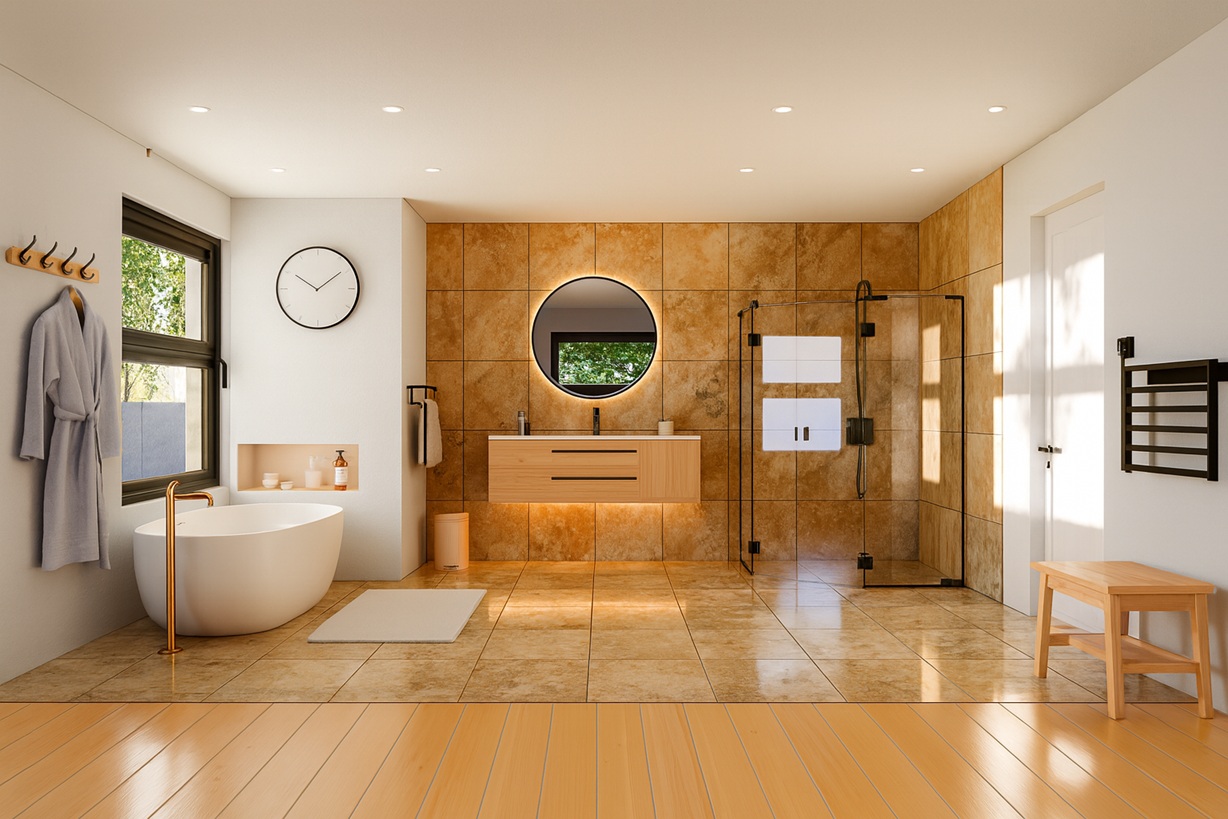



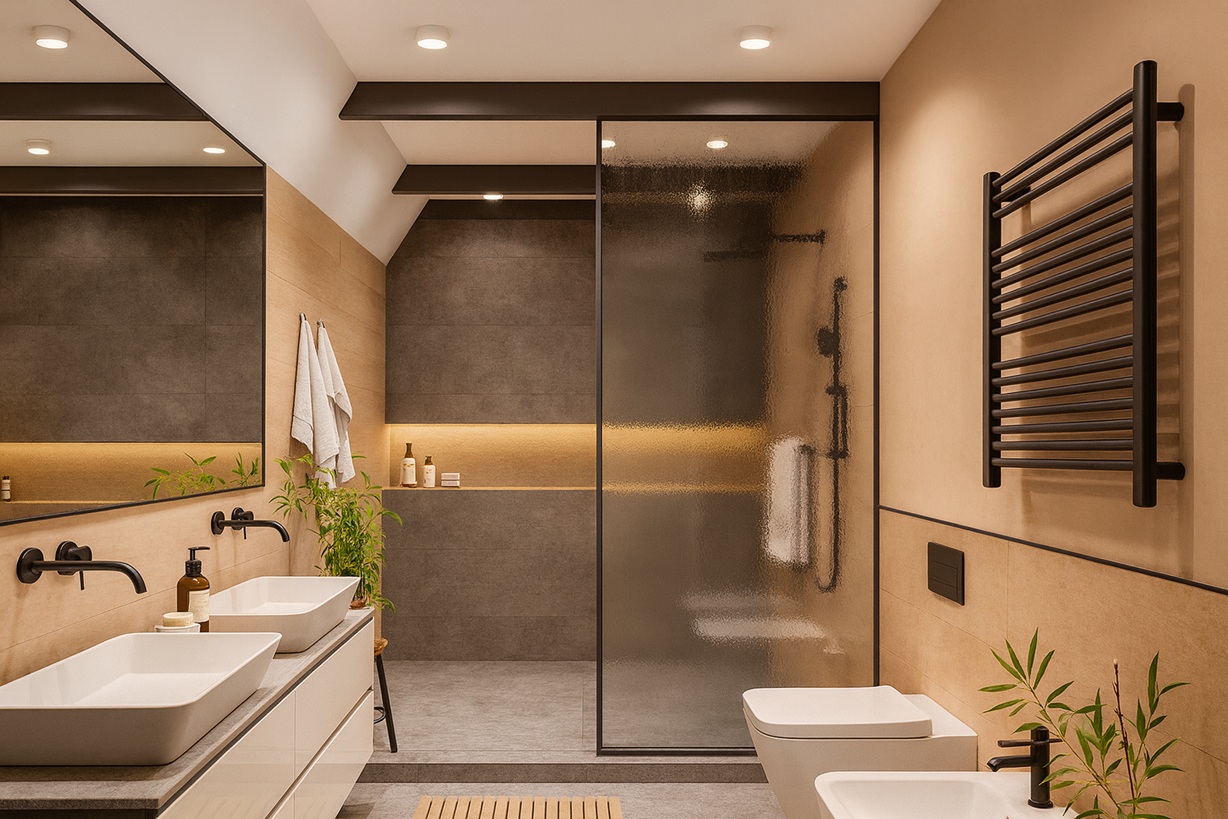




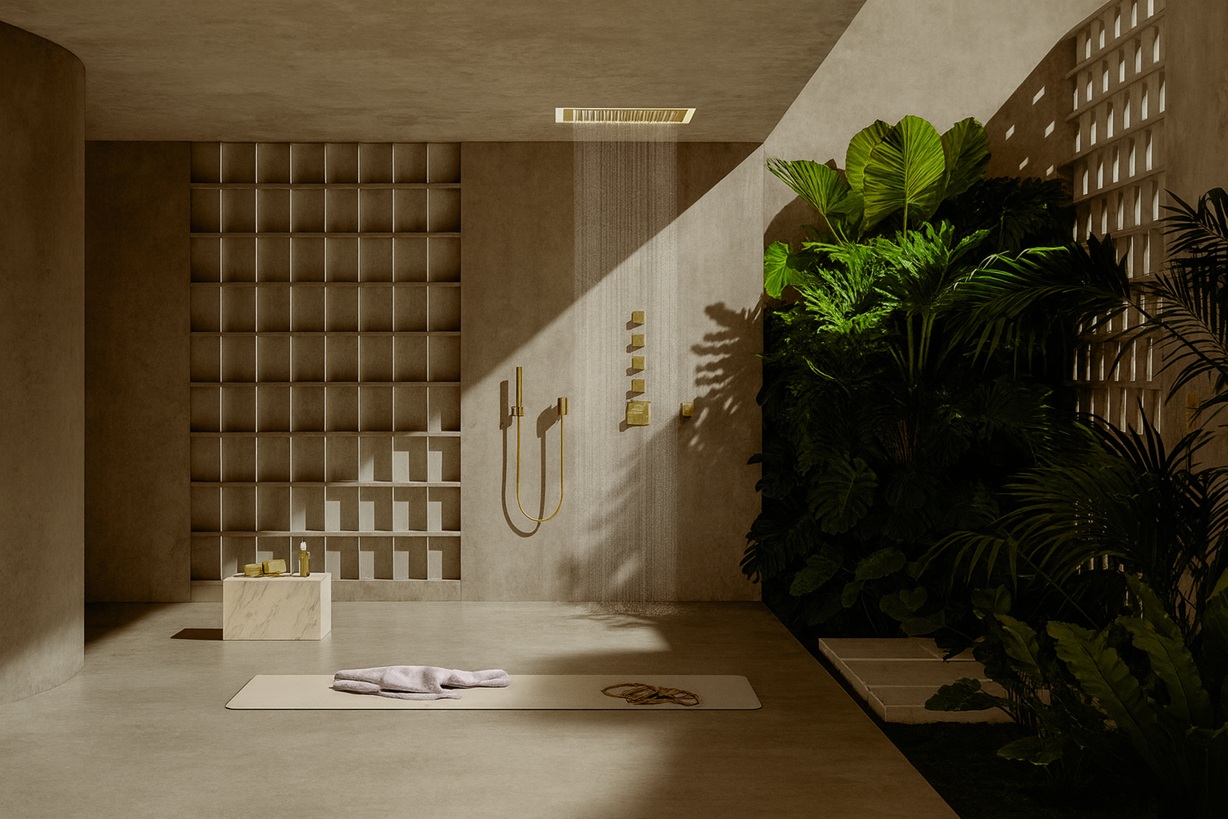

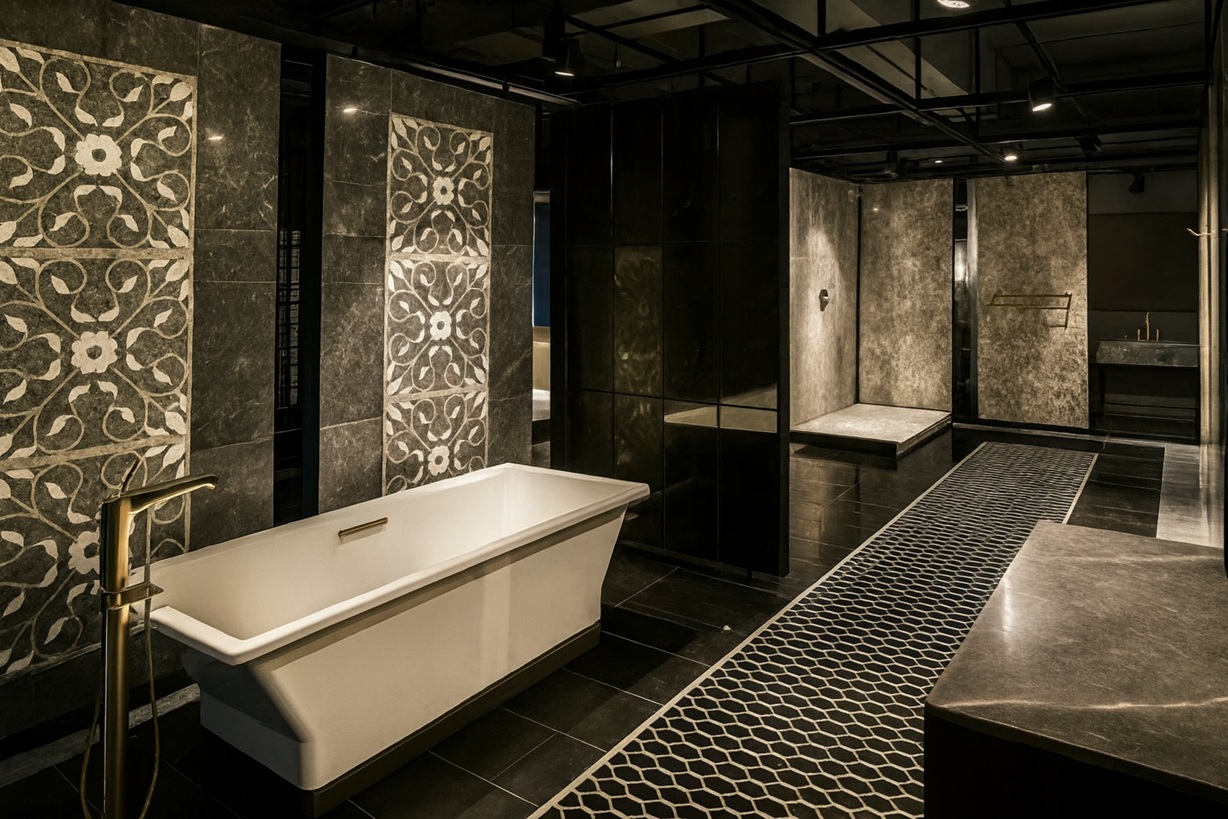


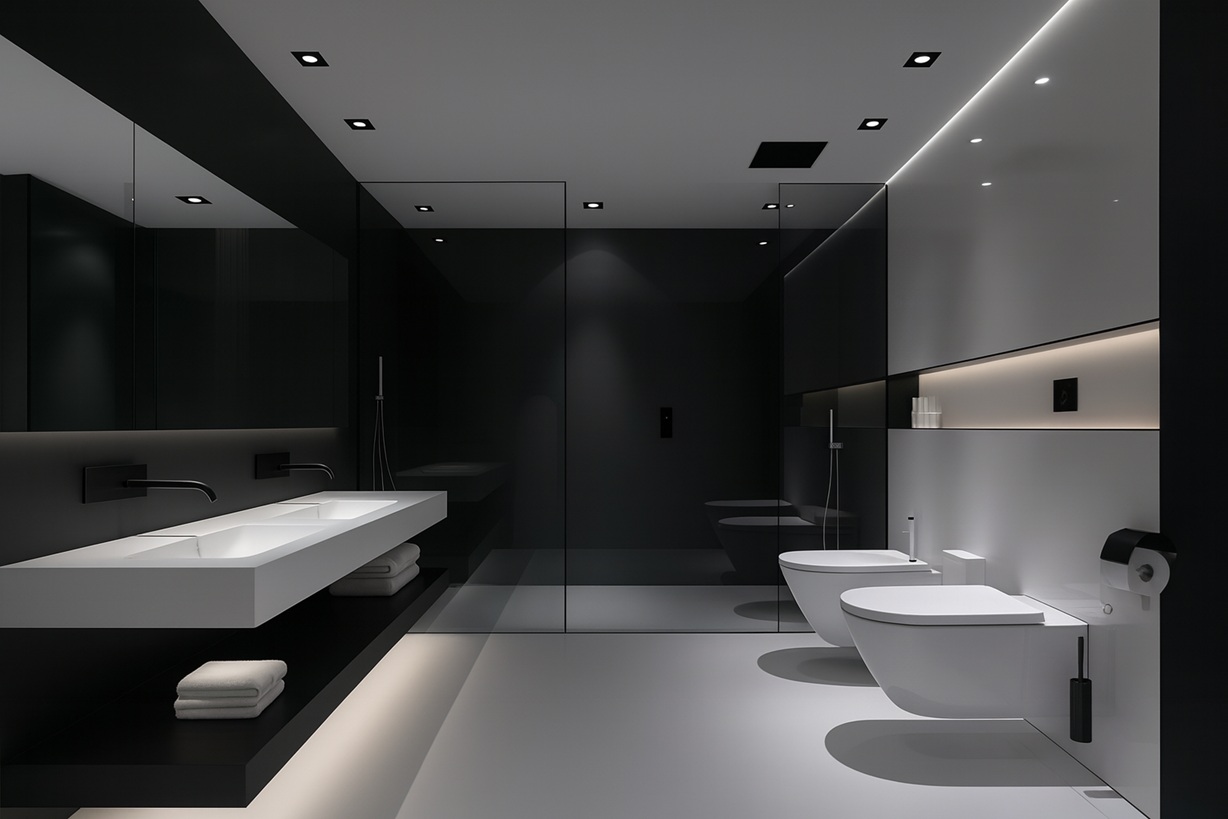

No responses yet